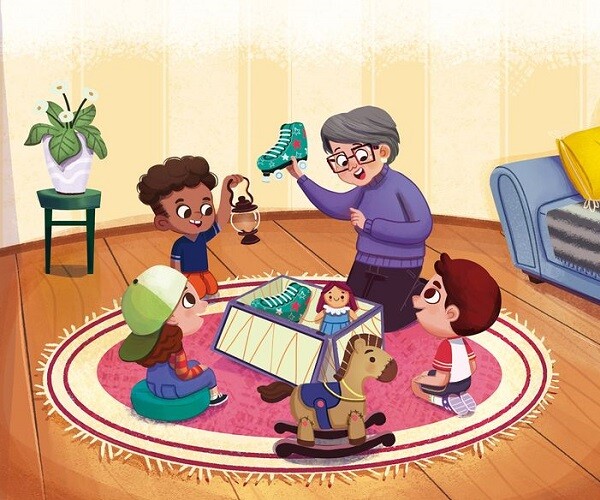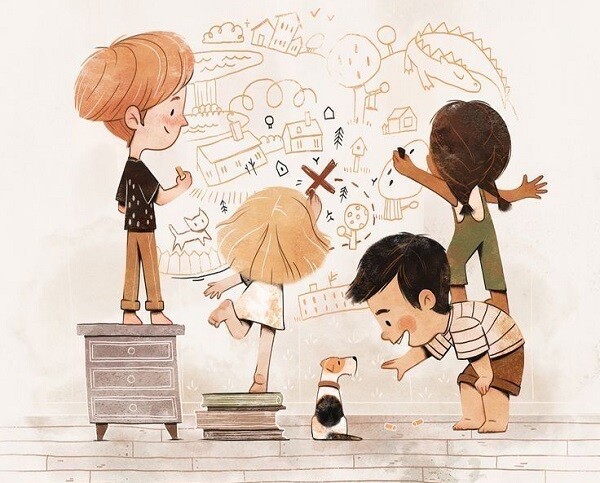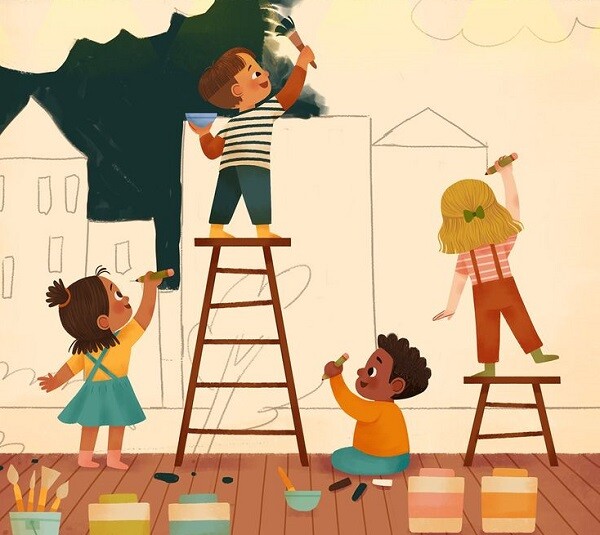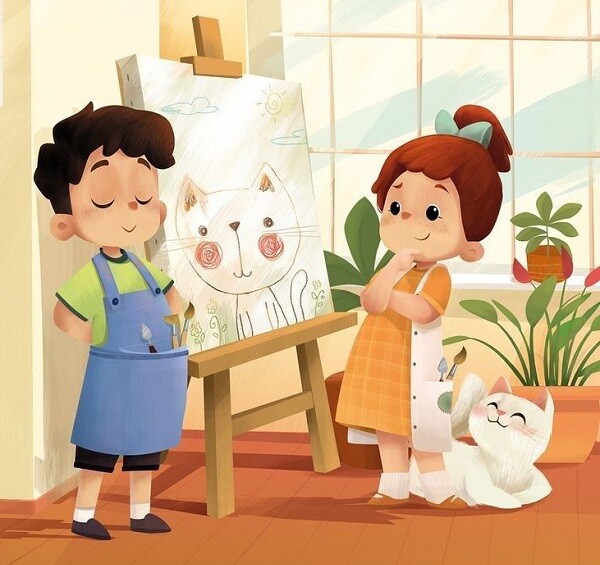## 6 Common Parenting Situations: Changing Your Communication Style for a More Obedient Child

## When your child refuses to go to bed
**Typical reaction:** *”Go to your room, it’s late! Stop playing and hurry up! I’ve told you several times already!”*
**Expert suggestion:** *”You have 10 minutes left until bedtime. Would you like to take a bath first or have a story?”*
This approach makes the child feel involved in the decision-making process, creating a more relaxed atmosphere. When given a choice, children feel a sense of control over their bedtime routine, reducing their resistance.
Additionally, establishing a consistent bedtime routine is crucial. Create a schedule that includes relaxing activities like reading or listening to soft music. This helps to create a sense of familiarity and makes it easier for the child to accept bedtime. For example, you could say: *”After your bath, let’s read an exciting story together!”*

## When your child is reluctant to do something
**Typical reaction:** *”Are you still lingering there? We’re going to be late, hurry up, can you hear me?”*
**Expert suggestion:** *”We have to leave in 5 minutes. Do you want to get dressed now or take a bag with you?”*
This approach makes the child aware of the time constraint while also giving them a sense of control over the situation.
Furthermore, establishing clear and consistent routines helps children develop a sense of responsibility. Work with your child to plan daily activities, including playtime, study time, and getting ready to leave the house. When children know what to expect and have a specific timeline, it becomes easier for them to follow through.

## When your child says “no”
**Typical reaction:** *”What do children know? Don’t be stubborn!”*
**Expert suggestion:** *”It’s okay to say no, but I want to understand your reason. Please tell me why.”*
This approach makes the child feel heard and encourages them to express their thoughts and emotions.
Additionally, creating a safe space for your child to share their reasons for saying “no” is essential. This situation helps children learn to articulate their opinions clearly while also developing their critical thinking skills.
You can further inquire: *”Why don’t you like this activity? Is there something else you’d rather do?”* This way, your child will feel that their opinion is valued and respected.

## When your child accidentally breaks something
**Typical reaction:** *”You broke such an expensive item! I won’t buy it for you again!”*
**Expert suggestion:** *”Everyone makes mistakes. Next time, if something is too heavy or difficult, just call me for help.”*
Work together with your child to find the best way to handle the situation, such as cleaning up the mess and discussing better ways to handle fragile items in the future.
It’s also important to explain the value of the item and why you’re upset about it being broken. You could say: *”I really liked that vase because it had special meaning for me. But I understand that you didn’t break it on purpose.”*

## When your child doesn’t want to talk to you
**Typical reaction:** *”I’m talking to you! Can you hear me?”*
**Expert suggestion:** *”I sense that you’re feeling worried today. Would you like to talk about it? I’m here to help.”*
This statement shows concern and encourages your child to open up about their emotions.
Creating a safe space for your child is also crucial. Try asking: *”Would you like to sit with me for a while? If not, I’ll leave you alone.”* This lets your child know that they have a choice and that you respect their feelings. When they don’t feel pressured, they are more likely to share what’s on their mind.
## When a child cries to get their way
Crying to get their way is often a natural emotional reaction for children, but it can also be frustrating for parents.
**Typical reaction:** *”All you do is cry! Why did I even have you?”*
**Expert suggestion:** *”If you stop crying, let’s see what we can do together…”*
This approach makes the child feel heard and encourages them to shift to a more positive action. Help your child find alternative solutions to achieve their goals.
Ask your child: *”Is there something that’s making you feel sad? Tell me, and we can figure out a solution together.”*
It’s also important to help children understand the value of expressing positive emotions. Instead of crying, they can learn to verbalize their desires. Encourage them by saying: *”If you want a toy, tell me why you like it. I’ll listen.”* This way, they’ll learn clear communication skills and won’t have to rely on tears to get what they want.







































